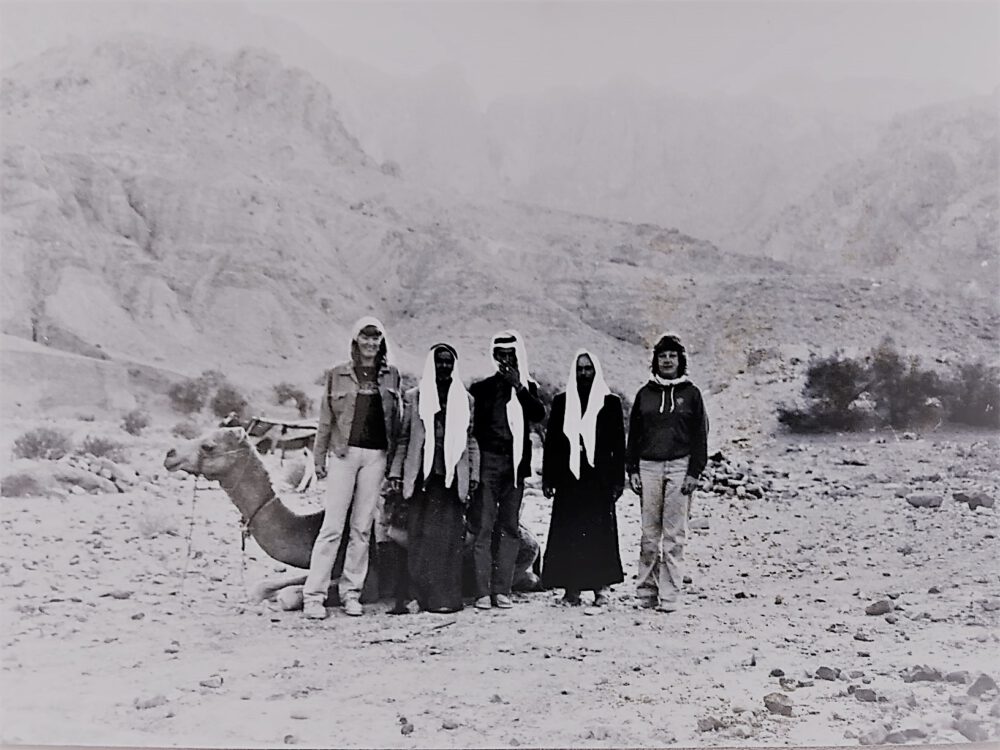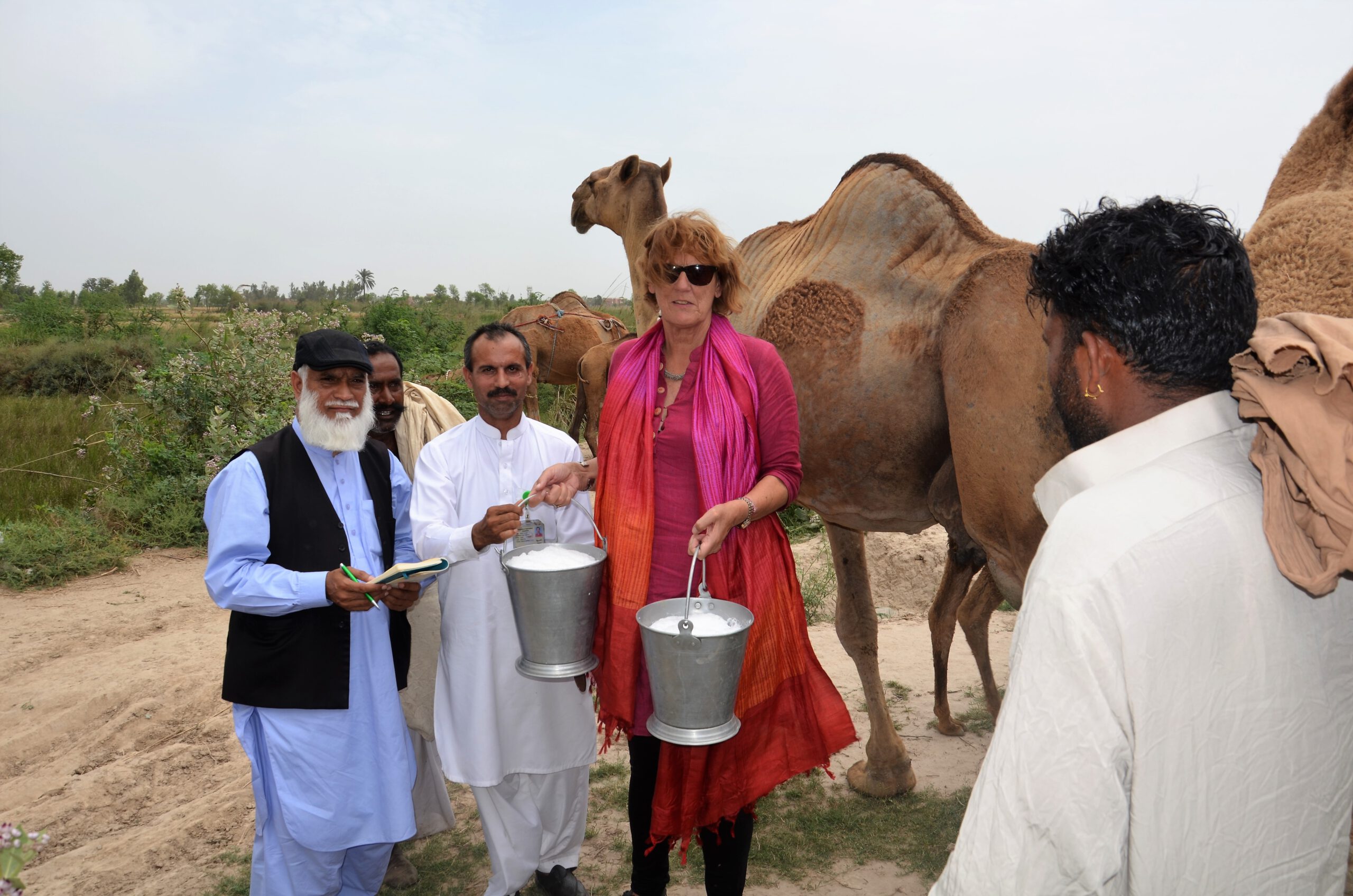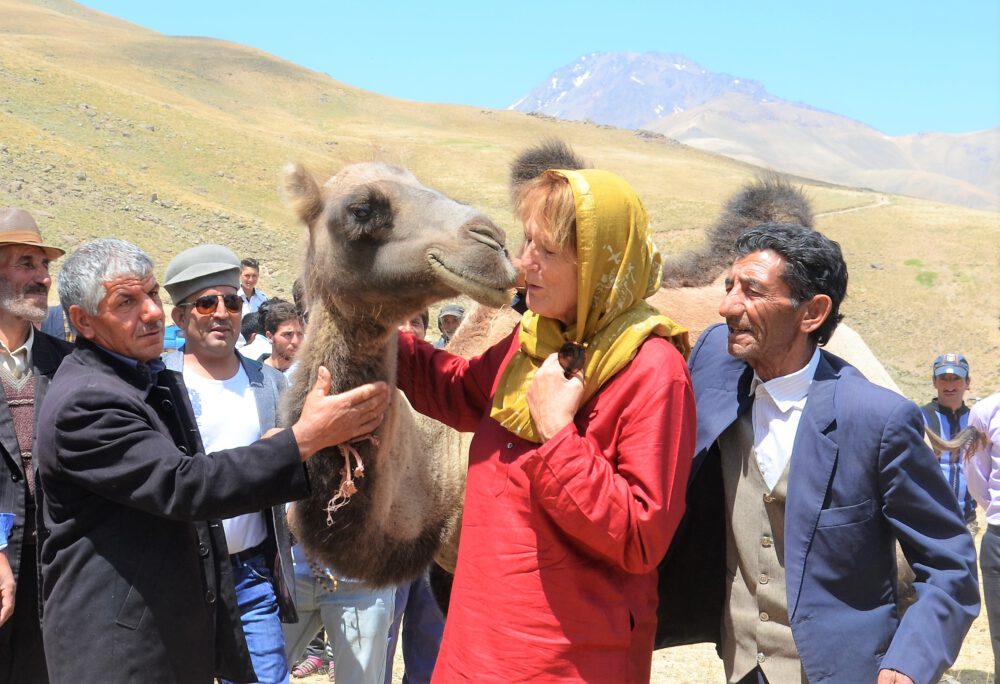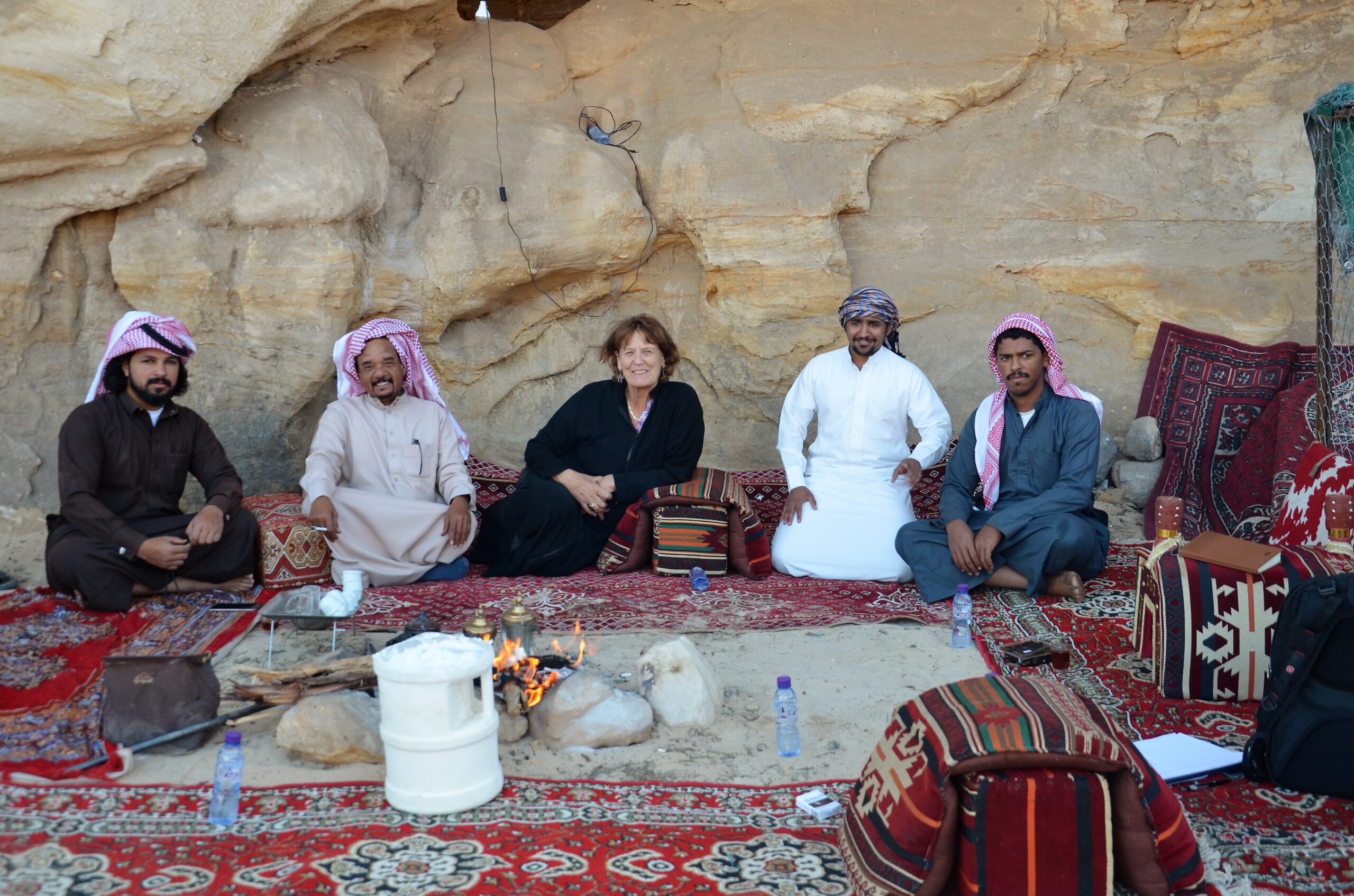Camels fascinate me, but maybe even more so the diversity of cultures that are associated with them. I have been fortunate to be able to visit many of them, although a few are still left…
It started out in the Jordan Valley in 1977 where I had joined the excavations of a site called Pella as a archaeozoologist and was lucky enough to dig up a small herd of camels that had been killed during an earthquake in 747 A.D. It was here where I was first met Bedouins and my fascination with pastoralist life started.

My next opportunity for fieldwork was among the Rashaida camel nomads in Eastern Sudan, a memorable experience made possible by Prof. Babiker Musa, then the dean of the Faculty of Veterinary Medicine at the University of Khartoum who arranged the logistics and my field assistant Dr. Mohammed Fadl. I was amazed how the camels were integrated with large-scale sorghum cultivation and got a first inkling of the enormous body of traditional knowledge of camel pastoralists.
In 1990 I was awarded a postdoctoral fellowship by the American Institute of Indian Studies to study camel management and socio-economics in Rajasthan/India. Now, almost 30 years later, this story of my encounter with the globally unique camel culture of the Raika is still unfolding. The first twenty years are documented in my book Camel Karma. Twenty Years among India’s Camel Nomads. Now I am working on the sequel – what happened after the camel was declared Rajasthan’s state animal in 2014.
Several times I have been invited to visit with camel people and camel pastoralists in Pakistan for which I have to thank my colleagues Dr. Abdul Raziq Kakar, Prof. Mohammed Younas and the sadly deceased Rao Abdul Qadeer. I have fond memories of attending the World Camel Day celebrations at the University of Agriculture in Faisalabad in 2014, as well as careening around the Cholistan Desert and Bahawalpur to interview the nomads who are breeding the high milk yielding Brela camel.

Iran is the home to both two-humped Bactrian and one-humped dromedary camels. The NGO CENESTA based in Teheran has set up a nation-wide network of the different camel pastoralist groups called UNICAMEL and arranged for me to participate in one of their meetings and to visit with Shahsevan herders in the mountains to the North of Teheran and the deserts to the East . I write about this wonderful experience in my article Listening to Camel Breeders in Iran.

Kenya is a country big on camel research and has various initiatives to promote camel dairying. Many of the activities are actually carried out by women. Somali women distribute camel milk from the Anolei cooperative dairy in Isiolo. My friend Anne Bruntse (who is a pioneer in camel cheese making) introduced me to Amanda and John Perret who run a camel farm near Rumuruti.
My most fabulous field work experience with camel nomads has been in Saudi-Arabia, the cradle of camel domestication and culture. In 2019 I was invited to study the Bedouin camel husbandry system of Al Ula, a magnificent historical location that is to be developed into an international tourist destination by the Royal Commission on Al Ula. The place had seen exceptionally good rains and the camels were luxuriating in beds of flowers, a sight to behold. The hospitality of the local people had me floored and my formidable female research assistant Sahar proved to be an ace in translating for me.

Australia is a country where camels are regarded as pests, but nevertheless proliferate profusely. They were brought there together with ‘Afghan’ cameleers to build the railway in the 19th century. After that had been achieved the Afghans were told to shoot the camels. Instead they released them into the Australian desert which has proven to be an ideal camel habitat. I am extremely grateful to Debi Robinson, the kindest and most knowledgeable camel person one can imagine, for taking me on a camping trip on the tracks of the Muslim cameleers. Debi has criss-crossed the Australian desert, including the Nullarbor, with a camel cart and her six children many times.
Camels have also made it to the US where there are a small numbers of camel farms and a dairy sector is emerging. A lovely couple, Gil and Nancy Riegler, run Oasis Camel Dairy in Southern California and offer camel rides and various camel products.
The modern camel dairy industry with thousands of camels has been spearheaded in the United Arab Emirates by brands such as Camelicious and Camelait. This has done much to project the camel as a dairy animal, but my dream is different from the model provided by them: instead of stall-feeding camels, that are owned by wealthy people, I envision networks of small, decentralized mini-dairies where camel nomads can deliver their milk for processing while maintaining the ‘traditional’ extensive systems with camels browsing on native vegetation.

 Follow
Follow